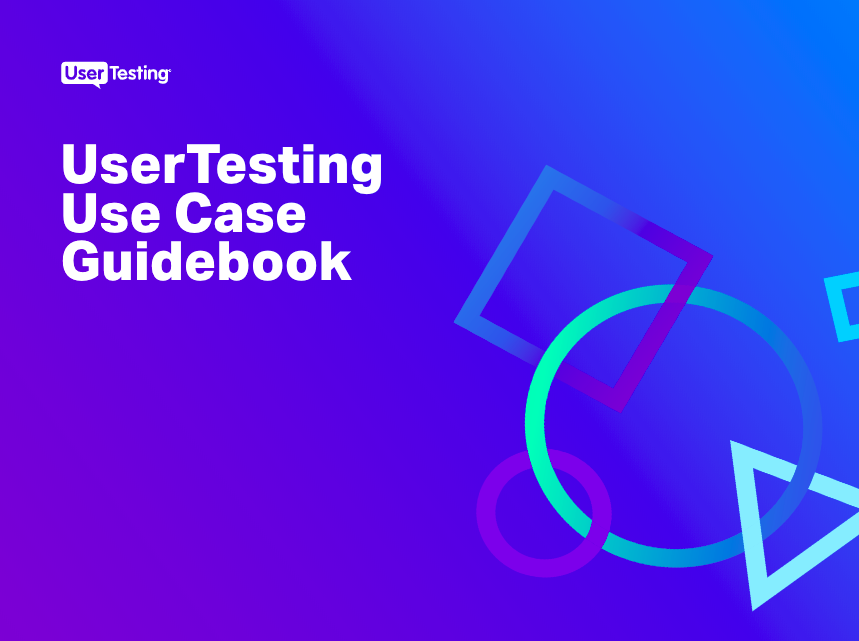
5 reasons you should be testing your mobile experience

In 2015, Google announced what we have all probably long suspected: more searches are being performed on mobile devices than desktop. A year later, internet monitoring firm StatCounter decreed that more users are accessing the internet from mobile devices compared to desktop. And countless other studies confirm this fact: we love and use our mobile devices—a lot.
With reliance on mobile devices expected to rise, it’s critical that you ensure your digital experiences are up to snuff for the more than 2 billion smartphone users across the globe. And testing your mobile and app experiences is key to providing exemplary experiences across all devices. Here are 5 reasons why.
1. People will abandon your content if it’s not good
Research shows that nearly a third of smartphone users will immediately switch to another site or app if it doesn’t satisfy their needs. And the average user will give your app up to a week to demonstrate value; if unsatisfied, they will uninstall your app. In fact, the average app loses 77% of its daily active users within the first three days following download.
These days, loyalty and tolerance for poor experiences are low. And in the case of mobile, where a customer may be short on time and attention, the window of opportunity is even smaller. If dropoff is high or engagement is low, getting feedback from users can help you identify where your product is missing the mark and where changes are necessary.
2. The customer journey is omnichannel
Despite growth in mobile usage, data shows that conversions still primarily occur on desktop devices. The Adobe Digital Index shows that three times as many conversions occur on desktop compared to smartphone. And this doesn’t take into account other channels where mobile-initiated conversions occur, including in-store or via telephone.
A survey of digital marketing leaders showed that the #1 most important goal in the next few years is “understanding how mobile users research/buy products” (79% considered it “very important”). A very close #2, with 75% saying it was “very important,” was “optimizing the customer journey across multiple touchpoints.”
By learning about the paths that customers follow, you secure the insights needed to optimize content that drives interest, conversion and continued engagement throughout the customer journey.
3. Digital experiences must be consistently high quality
When you’re creating experiences for desktop and mobile web—not to mention apps for different platforms and marketplaces— it’s challenging to ensure that everything renders the way it ought to. Adding to this challenge is the need to constantly evolve your digital properties, because of technology updates, trends and opportunities, or just high competition in your market.
When you’re doing so much, so fast and so often, mistakes or oversights can occur. Before you launch, get confirmation that all users across all different technologies have the same positive experience.

With UserTesting, you get feedback from people across content formats, devices, and operating systems, to ensure positive digital experiences for everyone, everywhere.
4. Mobile comes with its own challenges
With a smaller screen, and thus less real estate for content, the mobile experience is inherently different compared to desktop. No doubt everyone can think of a time where a website didn’t quite translate to mobile, resulting in “clumsy thumbsy” as they tried to fill out a nearly microscopic field or navigate to a portion of the page they needed.
According to Adobe, nearly 8 out of 10 consumers would stop engaging with content that doesn’t display well on their device. Even with responsive design, mobile testing can help you understand the nuances of the mobile experience to be certain that your digital properties meet user needs.
5. Mobile testing in a lab setting is an oxymoron
The mere fact that it’s called a “mobile phone” explains why in-lab testing can yield irrelevant information. Where landlines tether us to a single location, mobile phones allow us to remain in communication while moving or when planted in a location of our choosing.
So if consumers are using mobile phones while on the go, how valuable and relevant are insights when they are collected in a sterile, fixed location like a usability lab? Doing mobile testing in a consumer’s natural environment, like in their homes or when they are in a real-world setting, helps you observe how consumers actually behave when using mobile devices.
Mobile is important—and part of a larger strategy
While it's important not to forget mobile when conducting customer research, it's important not to stop there and consider how mobile fits into a larger strategy. Customer-centric companies rely on human insights at every stage of development, on every device, and on every channel to keep creating great experiences for their customers.
In this Article

Use case guidebook
Use case guidebook